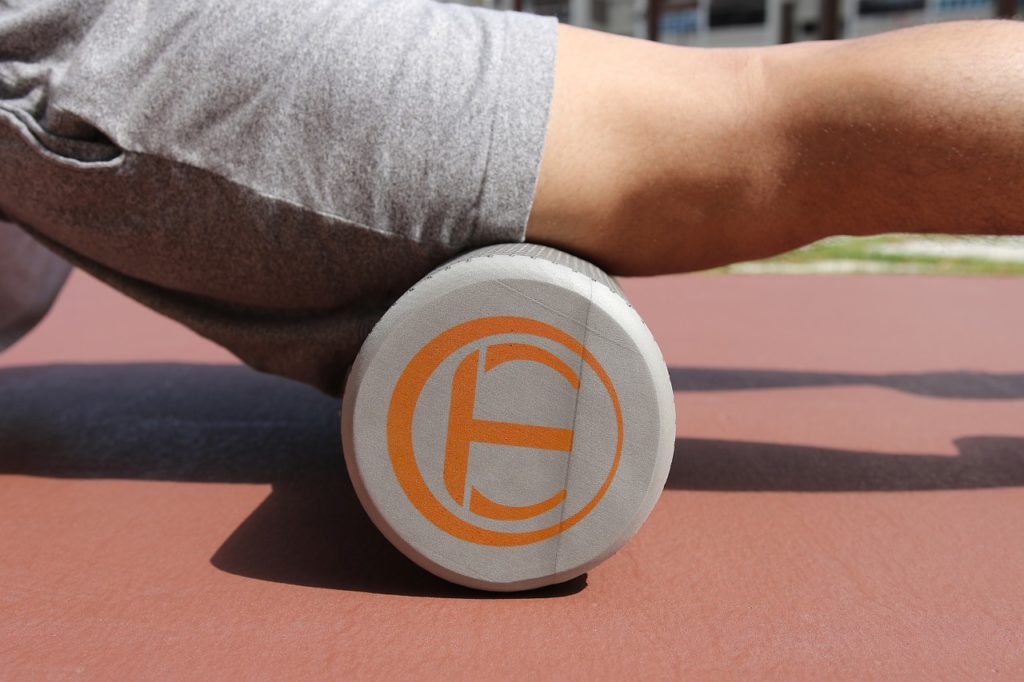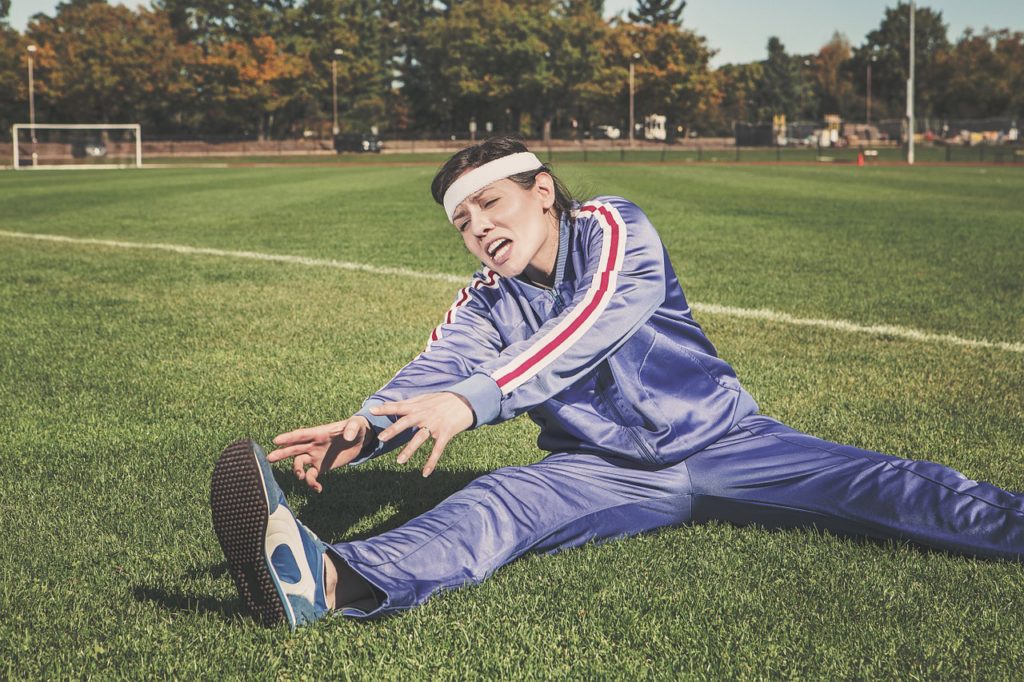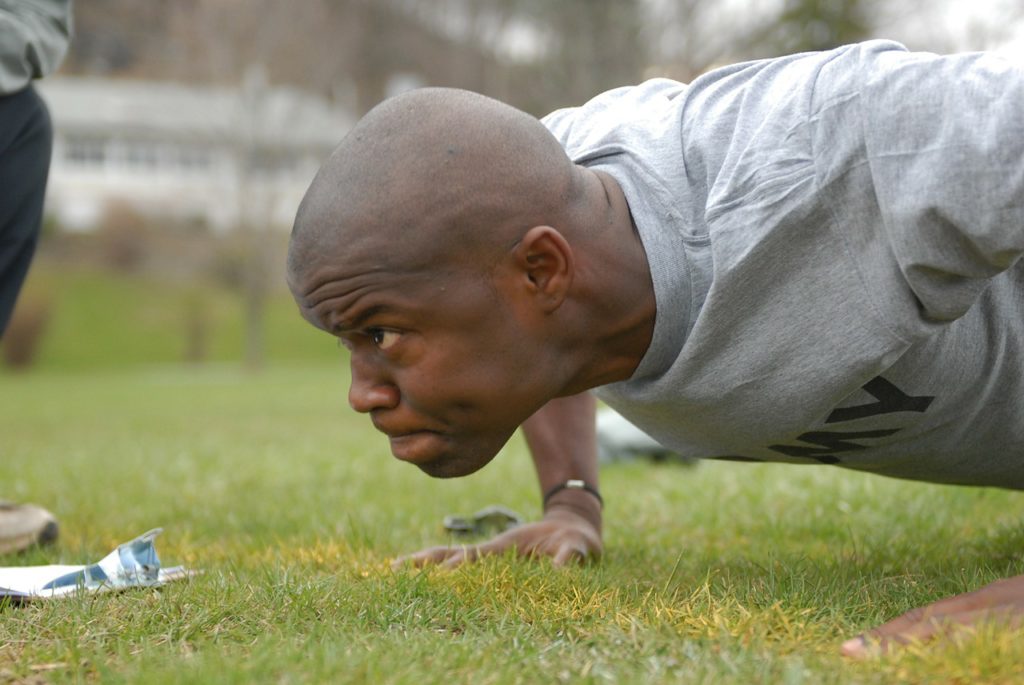As workouts get tougher, it becomes harder to arrive at the next one fresh and ready for more training. Although it is important to practice running on tired legs, doing it every single run does more damage than good and will burn you out. Recovery is critical, and you can aid this process. You don’t have to perform all “10 things to do after a run” after every run. Figure out what works best for you, and do more or less depending on your workout’s intensity, duration, and time until your next workout.
(This post has Amazon affiliate links. If you click one of these links and buy something, I will receive a small commission at no extra cost to you. This helps support my blog. Thank you!)
10 Things to Do After a Run
1. Running drills
Running drills that work on form or cadence will make you a more efficient runner. After a short run is a great time to do a few drills before packing it in. Check out how to get started with running drills here.
2. Cool-down run or walk
Hard workouts, like a tempo run or speedwork, benefit from a slow run afterward. Other times you can just finish your run and walk a bit. For most of my runs, I try to walk at least a quarter-mile to slow everything down and cool everything off.
3. Stretch it out
Post-run is a great time to stretch, because your muscles are already warm. If you stretch, you will increase mobility, you will feel less stiff, and could ward off injuries. Take special care to stretch muscles you’ve had trouble with in the past, maybe your IT bands or calves.
Doing a quick (or long) yoga session can move your body differently than running does. This is a great way to cool down and stretch things out. For those wanting more yoga in their lives, pairing it with shorter runs is easy to remember and convenient. I curated some Yoga for Runners YouTube videos here.
4. Drink something
You lost water during your run. Replenish it. On long runs, you may even want to weigh yourself before and after to see how much water you lost. Consider re-balancing electrolytes if necessary with a tablet, sports drink, or food. Appropriate hydration and electrolytes can prevent post-run headaches. Tips for drinking water during a run here.
5. Strength train
Exercises like lunges, squats, planks, and bridges strengthen muscles required in running that are not fully exercised in running. These exercises will help prevent injury by strengthening your core, improving your balance, and keeping your body symmetric and rounded. While these exercises are more beneficial before a run because they warm up your hip flexors and other muscles, I often forget in my rush. I am more successful pairing it with an activity in my post-run routine. Read more on these exercises here.
You may also choose to do some upper-body workouts, since you are already sweaty.
6. Eat something
In the first 30 minutes after a workout, your muscles are especially ready to accept fuel that will help repair muscles. Even if you’re not hungry, it is important to eat a little something after a hard workout. A little protein and some carbs will jump-start your recovery. It will also mitigate that sudden, insatiable runger (run + hunger) that occurs later in the day. Come back for tomorrow’s blog post on post-run snacks.
7. Ice packs or ice bath
Icing may prevent excessive inflammation and flush waste products, but data is inconclusive. Due to my foot issues, I do ice foot-baths immediately after hard runs, as I imagine I’m halting any trauma that is occurring from my run. The temperature change when you remove the cold therapy also encourages fresh blood to rush back into the area, giving it a burst of circulation. For injuries, you can alternate between cold and warm baths to continue that circulation rush.
After longer runs, I often ice my knees with ice packs (bags of frozen peas also work well) to prevent any swelling. And after very long runs, I do full ice baths. I fill up the tub so that my legs are immersed and add ice. I leave on upper layers of clothes to keep my core temp from dropping quickly. Read more on ice baths here.
8. Shower
You probably don’t smell fantastic. You may want to shower.
After icing, it’s tempting to jump into a hot shower, but try to let your temperature normalize first. You will get more out of your icing/ice bath that way.

Pixabay/Pexels
9. Foam roll
I like to use a foam roller later in the evening to break up any spots that are bundling up. Recently, I’ve done less rolling and more resting on tight spots. I find a tender spot and rest there until I feel different barriers releasing.
Other good tools are frozen golf balls for the feet and a massage stick for the calves and other muscles.
10. Compress while you decompress
While the scientific jury is out on compression gear, it’s becoming very popular. Graduated compression will help prevent blood pooling, increasing circulation, supposedly speeding up recovery (and supposedly increasing performance when worn during activity). Correctly sized compression gear doesn’t do damage, and possibly does good. And, my favorite is that it’s passive recovery. I just put on socks and my feet and calves might heal a little faster? I’m in.
Should I do all of this stuff?!
No, come up with routines that work for you. Figure out what benefits you most. Do less when you’re not pushing hard. Do more when the stakes on recovery are higher and/or your body needs it.
And make sure to get some sleep.
When you’re recovered and fresh, you’ll gain more from your next run.
Come back tomorrow for 6 easy post-run snacks! Or, sign up for weekly updates so you never miss a post.









This website was… how do I say it? Relevant!! Finally I have found something which helped me. Kudos!